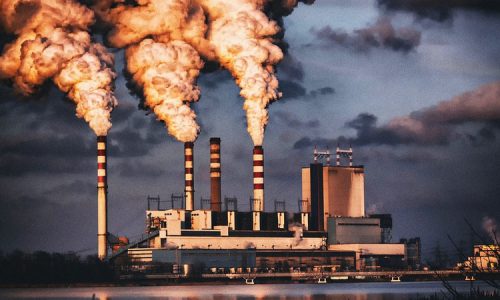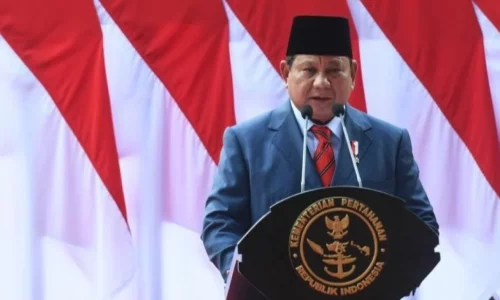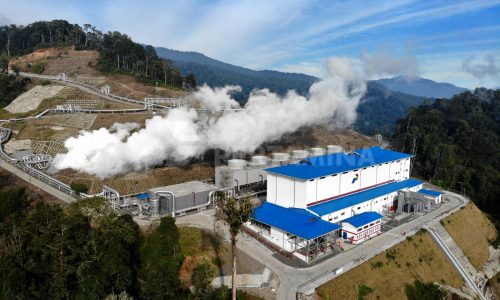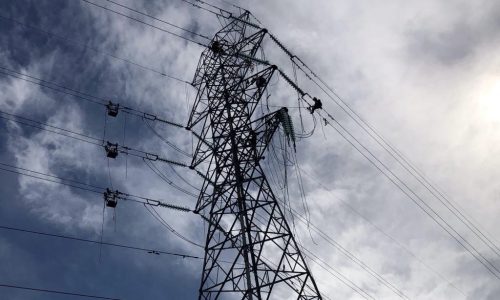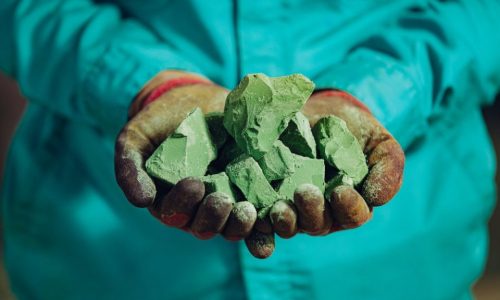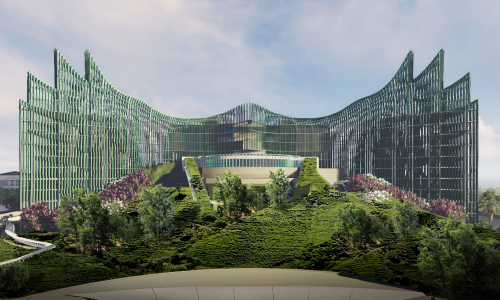The government has planned to increase national energy buffer reserves from 21 days to 51 days by establishing a petroleum storage facility on Nipa Island, Riau Islands.
“We are currently preparing the investment process and the Ministerial Regulation on Energy Buffer Reserves. We will change the energy buffer capacity and add 30 more days,” Bahlil Lahadalia, Minister of Energy and Mineral Resources (ESDM) said on Monday, February 3, 2025.
RefoMiner Institute, a research institute focused on mining and energy economics, has noted that Indonesia’s energy reserves are relatively small compared to other countries such as Japan, China, South Korea and India which are able to withstand needs for more than three months. Meanwhile, in Europe and the United States, they can support reserves for up to six months.
In addition, Bahlil cited, the government will also build oil production facilities in the near future. Through the presence of this facility to reduce dependence on imported fuel oil.
Meanwhile, the location of the establishment of the petroleum production facility is being discussed. Later, it can be located in Nipa Island or elsewhere.
The rules regarding energy buffer reserves (CPE) are stated in Presidential Regulation (Perpres) No. 96/2024. The Perpres stipulates that CPE is created to guarantee national energy security, overcome energy crises and energy emergencies, and implement sustainable development.
There are three types of CPE, the first is gasoline fuel for transportation fuel with more environmentally friendly specifications.
Second, LPG as fuel for industrial, transportation, large, medium and small commercial, farmers, fishermen and households. Third, petroleum is used as raw material for oil refinery operations.
The current national energy reserves are equivalent to Rp70 trillion (US$4.3 billion), with the amount of CPE of gasoline type fuel amounting to 9.64 million barrels, LPG amounting to 525.78 thousand metric tons and petroleum amounting to 10.17 million barrels.
Domesic oil&gas production
Dadan Kusdiana, Secretary General of ESDM said the government will try to boost domestic oil and gas production through foreign investment.
This effort is through two strategies to increase production through investment such as developing Pertamina’s activities abroad and contract flexibility with oil and gas companies.
Also, the government is also committed to maintaining the investment return rate (IRR) in the oil and gas sector between 13 percent and 17 percent. This step was taken to minimize investor losses to carry out domestic production.
In addition, the government has also made oil and gas production contracts with oil and gas companies flexible. Companies can choose the form of investment returns between increasing selling prices or profit sharing.




